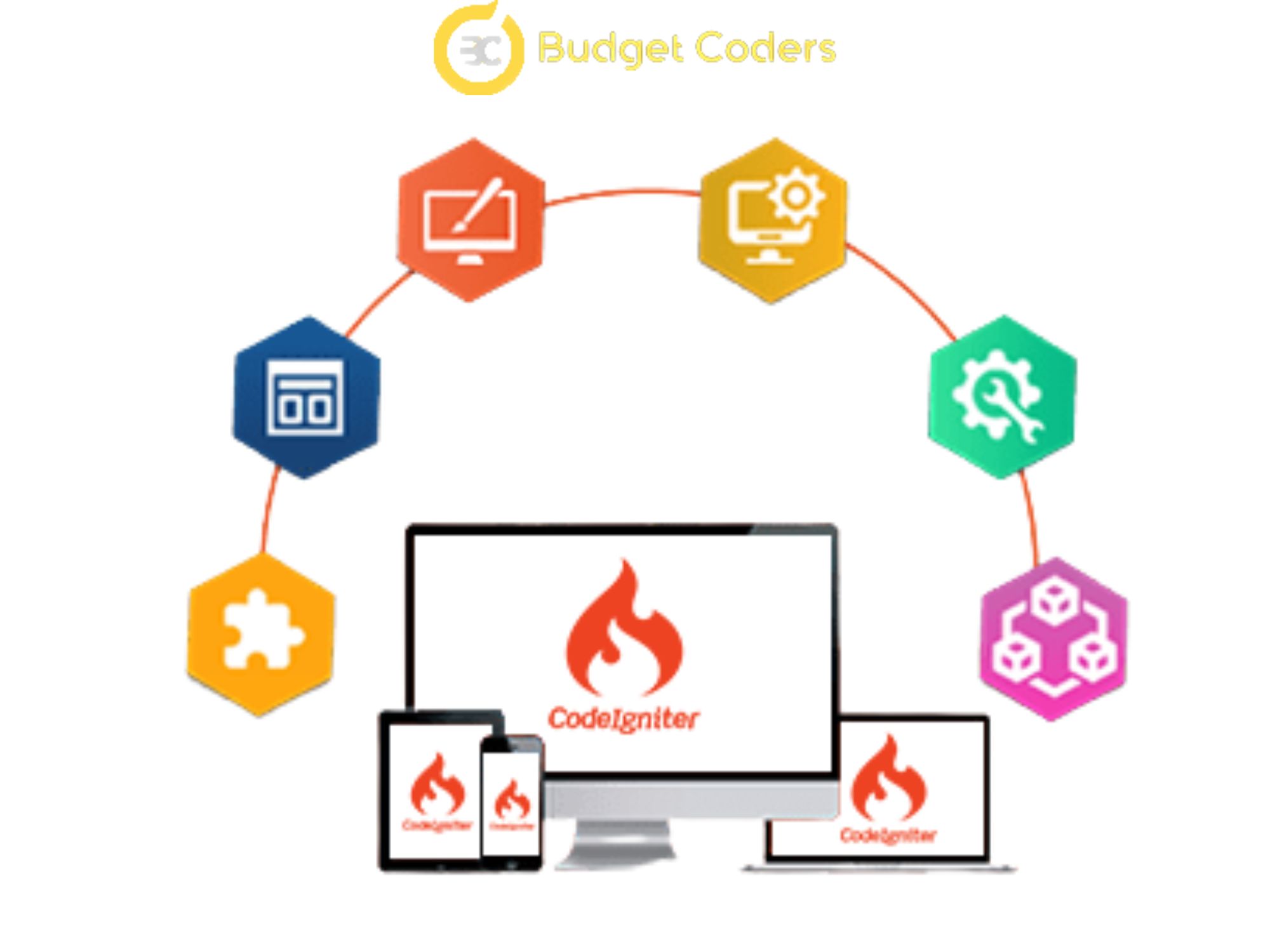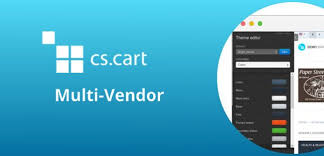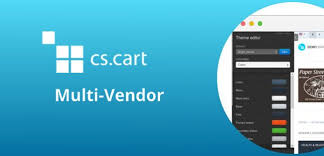Have you ever wondered how a website is created? What goes behind the scenes and makes it all come together? Understanding the basics of web development and programming can be daunting, but learning about Codeigniter – a popular PHP MVC Framework – could help you better understand it. In this comprehensive guide, we’ll discuss what Codeigniter is and its many benefits for web developers everywhere.
Introduction to Codeigniter
CodeIgniter is an open-source software rapid development web framework for use in building dynamic web sites with PHP. CodeIgniter is loosely based on the MVC pattern, but controller classes are not required. CodeIgniter provides a wide range of built-in libraries and helpers for implementing commonly needed tasks, as well as a simple interface and logical structure to access these libraries.
While Codeigniter does not enforce the MVC pattern, it can make your life easier when used in conjunction with an MVC-based approach. Codeigniter also comes with its own set of security features, making it one of the most secure PHP frameworks available.
Exploring the Features of Codeigniter
When it comes to Codeigniter, there are a few features that make it stand out among other PHP MVC frameworks. For starters, Codeigniter is very light weight and doesn’t require a lot of resources to run. This makes it ideal for shared hosting environments.
Another great feature of Codeigniter is its built-in security features. Codeigniter comes with a number of security tools out of the box, including data encryption and form validation. This makes it easy to build secure applications without having to worry about the underlying infrastructure.
Finally, Codeigniter has excellent documentation. The Codeigniter user guide is comprehensive and easy to follow, making it easy to get started with the framework.
Installing and Configuring Codeigniter
Installing and configuring Codeigniter is a simple process. The first thing you need to do is download the latest stable release from the Codeigniter website. Once you have downloaded the file, extract it to a directory on your server.
Next, you will need to create a database for your Codeigniter application. You can do this using your preferred database management tool. Once you have created the database, you will need to update the database configuration file located at /application/config/database.php with the correct information for your database setup.
Finally, you will need to point your web server to the /public directory of your Codeigniter installation. That’s it! You should now be able to access your Codeigniter application by going to http://yoursite.com/ in your web browser.
Creating a Simple MVC Application in Codeigniter
CodeIgniter is a powerful PHP framework with a very small footprint, built for developers who need a simple and elegant toolkit to create full-featured web applications.
In this article, we’ll show you how to create a simple MVC application in CodeIgniter. We’ll cover the following topics:
– Installing CodeIgniter
– Creating a Controller
– Creating a View
– Adding Data to the View
– Interacting with the Model
– Updating the Controller and View
Working with Database in Codeigniter
When working with databases in Codeigniter, there are a few basic things you need to do. First, you need to connect to your database. You can do this by adding the following code to your controller:
$this->load->database();
Once you have connected to your database, you can run queries against it. For example, if you wanted to run a query that returned all of the records in a table, you would use the following code:
$query = $this->db->get(‘table_name’);
You can also run more complex queries, such as ones that use joins or aggregate functions. Consult the Codeigniter documentation for more information on how to run these types of queries.
Once you have run your query, you will likely want to do something with the results. For example, if you are running a query that returns customer information, you might want to loop through the results and display them on a web page. To do this, you would use the following code:
foreach ($query->result() as $row) { echo $row->customer_name; }
Working with Libraries and Helper functions
When working with Codeigniter, it is often necessary to interact with libraries and helper functions. This can be done through the use of the built-in Codeigniter libraries, or by creating your own custom libraries and helpers.
Codeigniter comes with a number of built-in libraries that can be used for common tasks, such as parsing data, handling files, and sending e-mail. These libraries are located in the /system/libraries/ directory.
In addition to the built-in libraries, Codeigniter also allows you to create your own custom libraries. Custom libraries can be created by extending the CI_Library class. Once a custom library has been created, it can be loaded using the $this->load->library() method.
Codeigniter also provides a number of helper functions that can be used to perform common tasks. These functions are located in the /system/helpers/ directory. Like custom libraries, helpers can also be loaded using the $this->load->helper() method.
Creating Modules for Codeigniter Applications
Codeigniter is a powerful PHP framework that provides developers with a set of tools to easily create robust web applications. One of the most powerful features of Codeigniter is its modularity – the ability to break an application into smaller, independent modules. This makes development more efficient and allows for easier maintenance down the road.
Here, we’ll give an overview of what modules are and how they work in Codeigniter. We’ll also provide some tips on how to best structure your modules for maximum efficiency.
What is a Module?
A module is simply a self-contained piece of code that performs a specific task or group of tasks. In the context of Codeigniter, a module can be anything from a simple helper function to an entire controller with its associated views and models. Modules can be bundled together into “packages” which make up an entire Codeigniter application.
How do modules work in Codeigniter?
Modules are loaded into memory on demand, meaning they are only loaded when they are needed by the application. This keeps the overall footprint of the application small and helps improve performance. When a request comes in for a particular page or URL, Codeigniter will determine which modules need to be loaded in order to fulfil that request.
Each module has its own directory within the “application/modules” folder. Within each module’s directory, there will
Securing Your Codeigniter Application
If you’re looking to develop robust web applications with PHP, then you’ll want to consider using a PHP MVC framework such as Codeigniter. Codeigniter is an open source framework that helps you write clean and organised code, while also providing a number of built-in features to make your development process easier.
In this article, we’ll give you a comprehensive guide to understanding Codeigniter so that you can start using it to build great applications. We’ll cover topics like:
What is Codeigniter?
Why use a PHP MVC framework?
How does Codeigniter work?
Codeigniter vs other frameworks
Installing Codeigniter
Creating your first Codeigniter application
One of the most important aspects of any web application is security. You need to make sure that your application is secure against potential attacks, whether they’re from hackers or malicious users. Fortunately, Codeigniter comes with a number of built-in security features that you can use to protect your application. In this section, we’ll cover some of the most important security features in Codeigniter and how you can use them to secure your application.
Using Template Engines with Codeigniter
When working with Codeigniter, you will often find yourself needing to use a template engine. Template engines allow you to easily separate your code into manageable chunks, and make it easier to maintain your codebase.
There are many different template engines available for Codeigniter, but the two most popular ones are Smarty and Twig. In this article, we’ll take a look at how to use both of these template engines with Codeigniter.
Smarty is one of the most popular template engines available for PHP. It is fast, efficient, and easy to use. Smarty comes with a wide range of features, including caching and compilation, which makes it ideal for large-scale projects.
To use Smarty with Codeigniter, you will need to download and install the Smarty library. Once you have done this, you can enable Smarty by adding the following lines of code to your application’s config file:
$config[‘smarty_dir’] = ‘/path/to/smarty/libs’;
$config[‘compile_dir’] = ‘/path/to/smarty/templates_c’;
$config[‘cache_dir’] = ‘/path/to/smarty/cache’;
$config[‘config_dir’] = ‘/path/to/smarty/configs’;
Debugging, Caching and Performance Optim
As with any web development framework, Codeigniter provides a number of tools to help you debug your code, cache data and improve performance.
Debugging is an essential part of web development, and Codeigniter makes it easy to debug your code using the built-in debugger tool. This tool allows you to see all the queries that have been run, what files have been loaded and any other information that might be useful in debugging your code.
Caching is another important aspect of web development, and Codeigniter provides a number of caching mechanisms to help improve performance. Caching can be used to store frequently accessed data in memory, so that it can be quickly accessed without having to query the database each time. Codeigniter also provides a mechanism for caching entire pages or fragments of pages, so that they can be served up faster to visitors.
Performance optimization is an important part of any web development project, and Codeigniter provides a number of tools to help you optimise your code. The built-in profiler tool allows you to see how long each page takes to load, so that you can identify bottlenecks and optimise accordingly. Additionally, Codeigniter supports output compression, which can reduce the size of your pages and improve loading times.
FAQs
Q. What is CodeIgniter?
CodeIgniter is a powerful open-source PHP framework designed for development of dynamic web applications. It’s built on the Model-View-Controller (MVC) architecture, which simplifies the development process by providing a structure for allocating resources. CodeIgniter is an excellent choice for a variety of projects, from basic websites to complex enterprise applications. It’s easy to learn and use, making it perfect for developers of any skill level.
Q. What are hooks in CodeIgnitor?
CodeIgniter hooks allow developers to execute code at specific points during the execution of a script. A hook can be thought of as an event or a trigger that is activated when certain conditions are met. Hooks are customizable, allowing developers to create their own triggers or modify existing ones. With these hooks in place, developers can add features and functions to their applications with just a few lines of code.
Q. What is routing in CodeIgniter?
Routing in CodeIgniter is the process of mapping a URI (Uniform Resource Identifier) to a particular controller and method. This makes it easier for developers to create URLs that are both clean and readable. It also allows for more flexibility, as routes can be easily changed and customized according to the needs of your application.
Q. What are drivers in CodeIgniter?
Drivers in CodeIgniter are components that allow developers to connect and work with various databases, including MySQL, Microsoft SQL Server, PostgreSQL, and MongoDB. Drivers are responsible for connecting your application to the database of your choice, managing CRUD operations, and other database-related tasks. With CodeIgniter’s drivers, developers can save time on configuring the database connection settings so they can focus on the more important aspects of development.
Q. What are the advantages of CodeIgniter?
CodeIgniter is renowned for its speed and ease of use. It provides a simple yet detailed interface to help developers build dynamic websites quickly. With CodeIgniter, developers can create applications that are modular, secure, and extensible. Additionally, the framework makes it easy to integrate with popular third-party services like databases and authentication systems. Finally, its detailed documentation helps you on every step of the way when developing your project.



